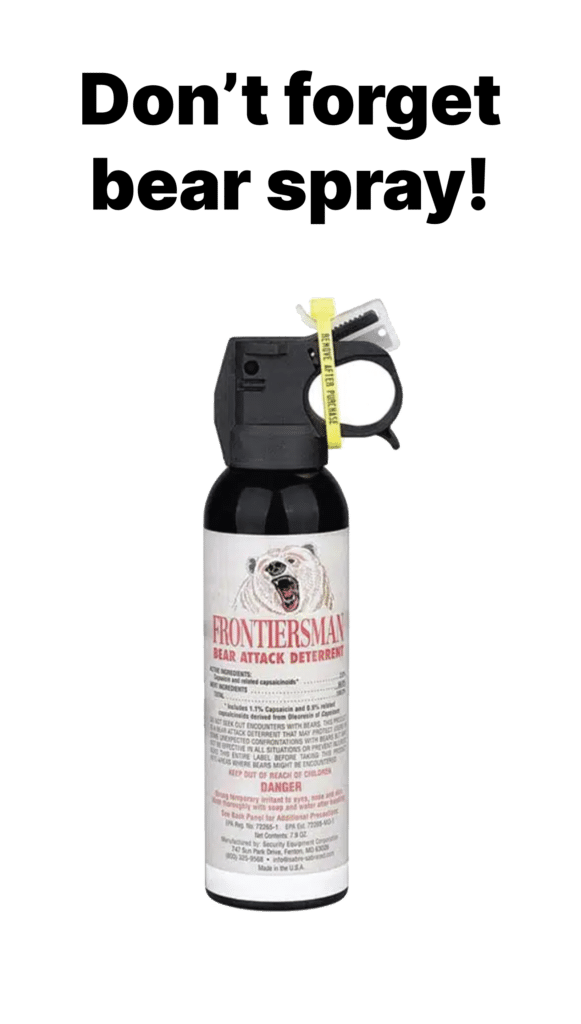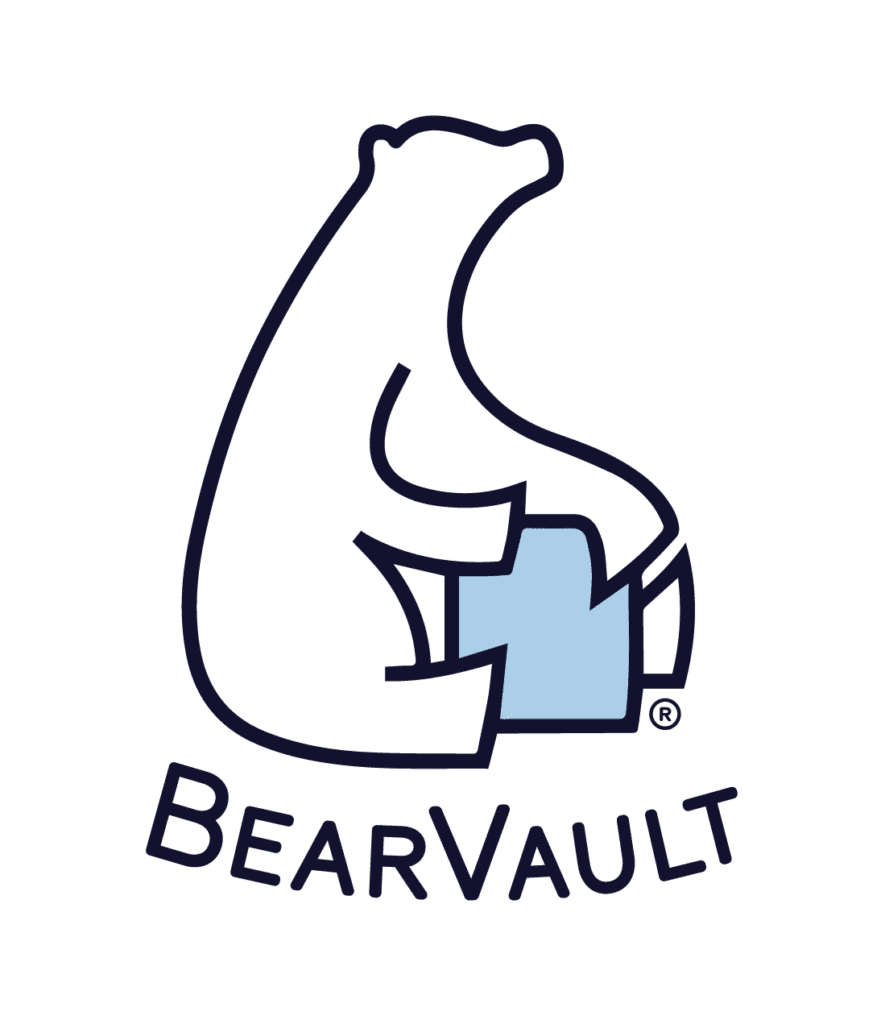Most of us have heard the phrase “hungry as a bear”, but this phrase really resonates with me each fall as I observe and photograph the American black bear furiously foraging through the landscape. The biological need for bears to increase their caloric intake exponentially in time for winter is called hyperphagia.
I have witnessed countless bears spending several hours in crops, valleys, open meadows, forests and wetlands. I’ve also noticed an increase in traveling bears who are searching for new territories that may provide better food availability for their biological needs. Berries, nuts, insects, and protein-rich sedge are mainstays in their diet during this time as they pack on pounds before winter!

You may be asking: just how much do bears eat during this season? Because it is common for bears to eat the majority of their waking hours during hyperphagia, they can consume upwards of 20,000 calories each day! In fact, bears can easily gain 20%-30% or more of their total body weight because of this increase in eating.

BEFORE

AFTER
Pictured here is the before and after comparison of a male black bear in the beginning and end stage of hyperphagia. This particular bear stayed within a one square mile radius that intertwined crop fields and forests. Needless to say, at the end of his seasonal feasting, he was one happy bear ready for his winter nap!
There are many reasons why hyperphagia is a sensitive time in the bear world. They travel more to find food, they memorize exact locations of where they have found food, and female bears can only become pregnant if they build up enough fat stores during hyperphagia. Food availability during hyperphagia not only helps bears survive the winter, it’s also critical to a future healthy population of bears, which in turn gives way to healthier habitats.

So, how can we be more aware of how to peacefully coexist with these amazing animals surrounding this critical time in their lives? Follow these tips to help keep bears safe and wild during the feasting season!
A traveling bear will almost always cross roads while looking for better food availability. Because of this, vehicle strikes are a threat to them. Slowing down while driving and remaining alert, especially at night, are key ways we can help humans and bears stay safe as they travel through.

When bears find a food source, they will return to it. These highly intellectual animals will remember exact locations where they find food so it’s up to us to secure our food, in every form, away from bears. Taking down bird feeders, bringing in pet food and food dishes, cleaning BBQ pits, securing trash, and storing food in BearVault canisters while recreating in bear territories are critical to keeping bears wild, especially during hyperphagia.
As food-driven as black bears are in their everyday lives, it’s an incredible experience to observe them kick into overdrive, eating everything in their path through the fall season. Hyperphagia serves as a key component in their survivability during the winter months.
Adopting a “leave no trace” mentality from our backyards to the backcountry will ensure a peaceful coexistence between humans and bears.





